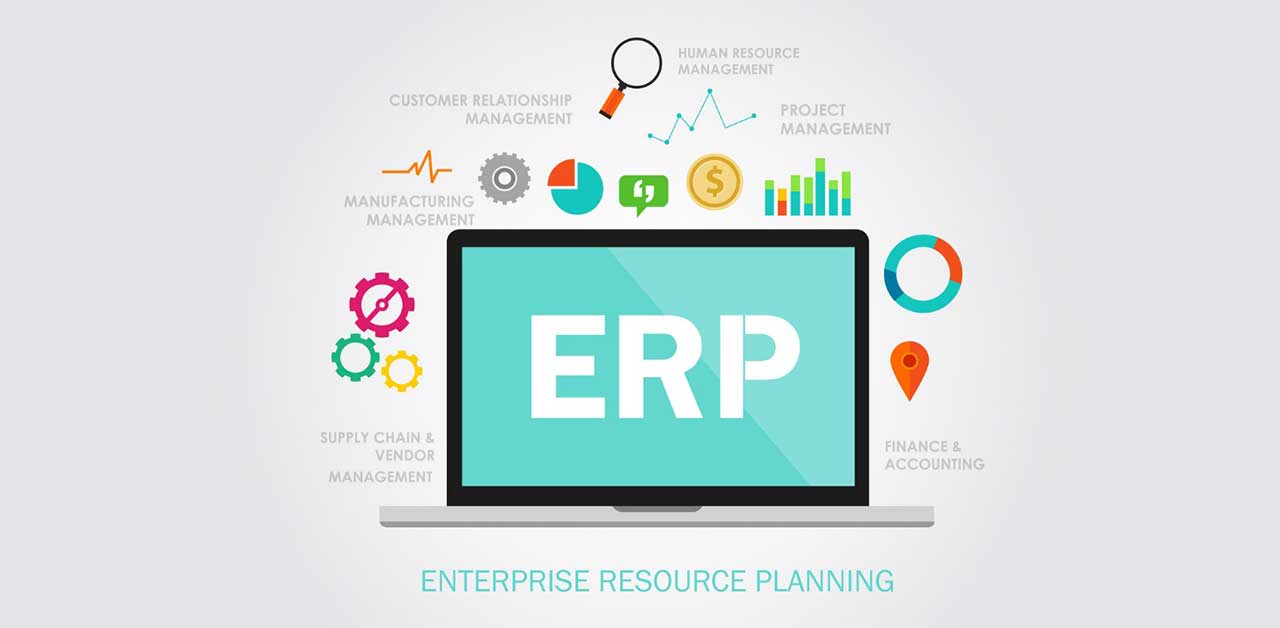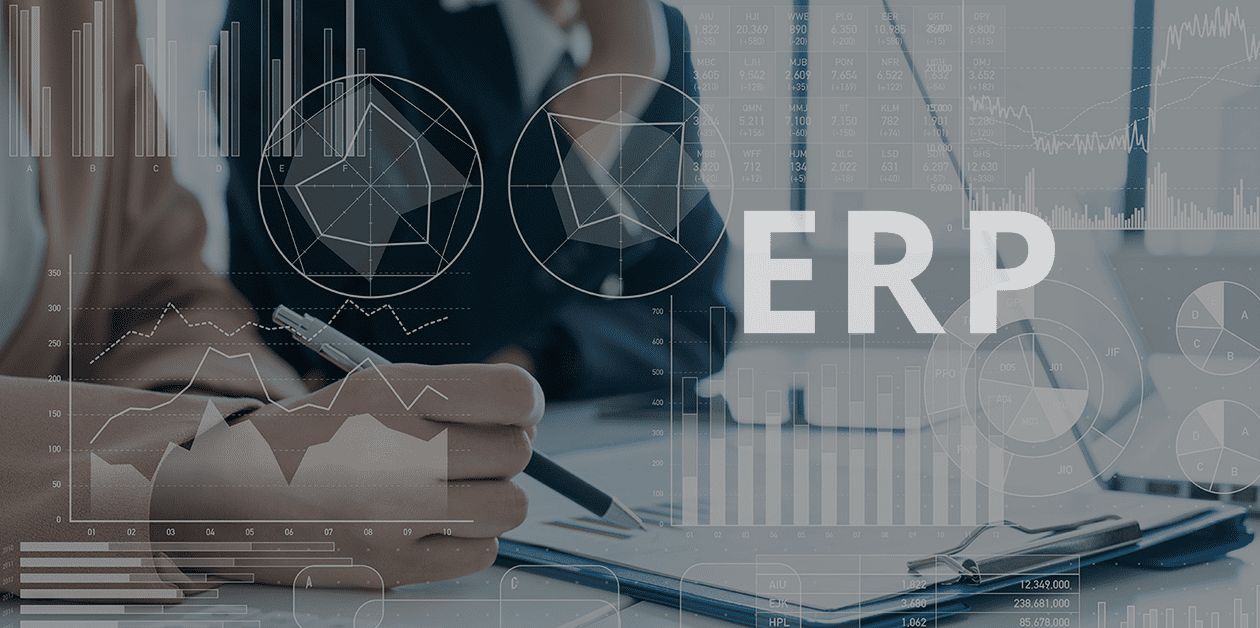Share
Read also
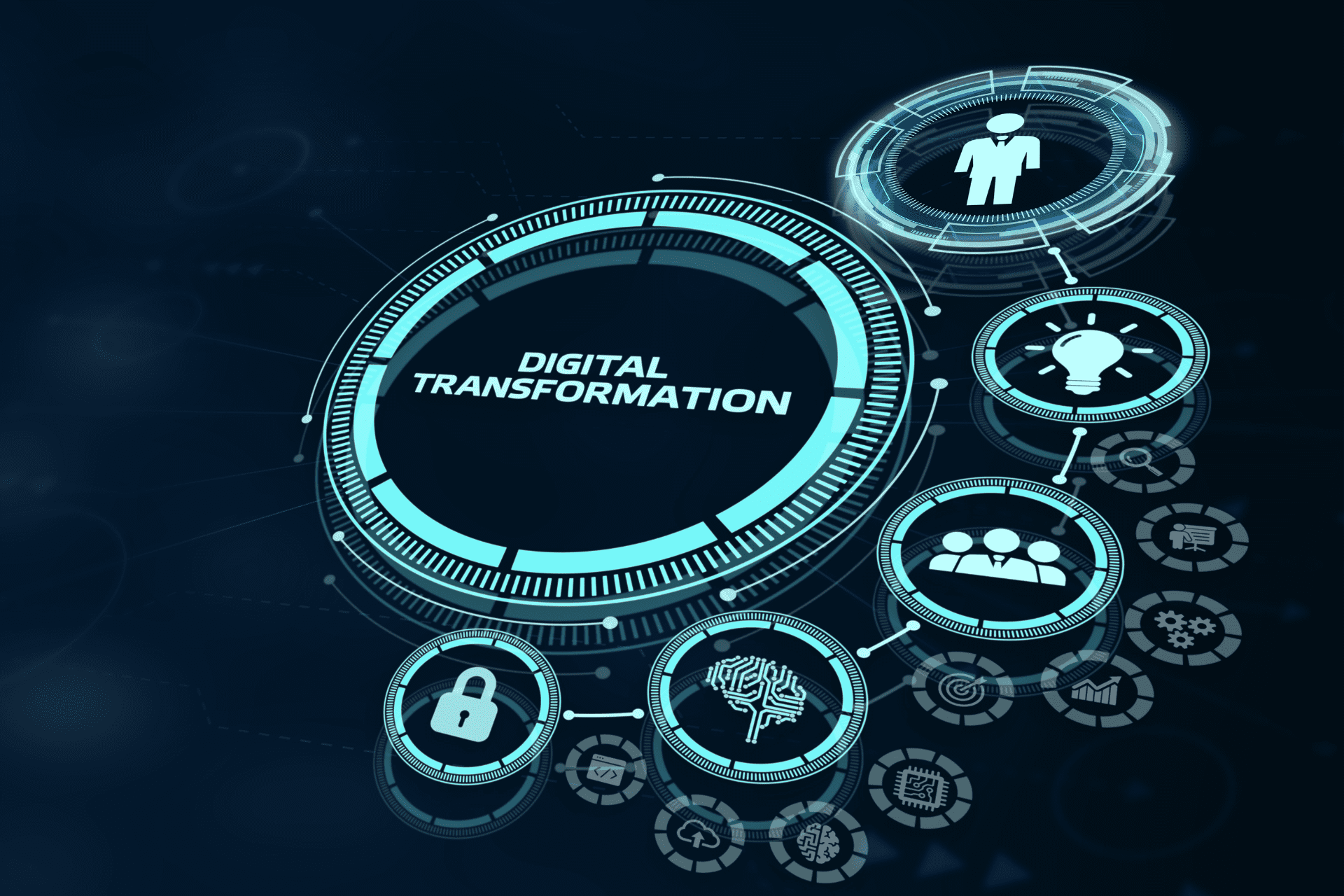
Trends & Views
Digital transformation strategies
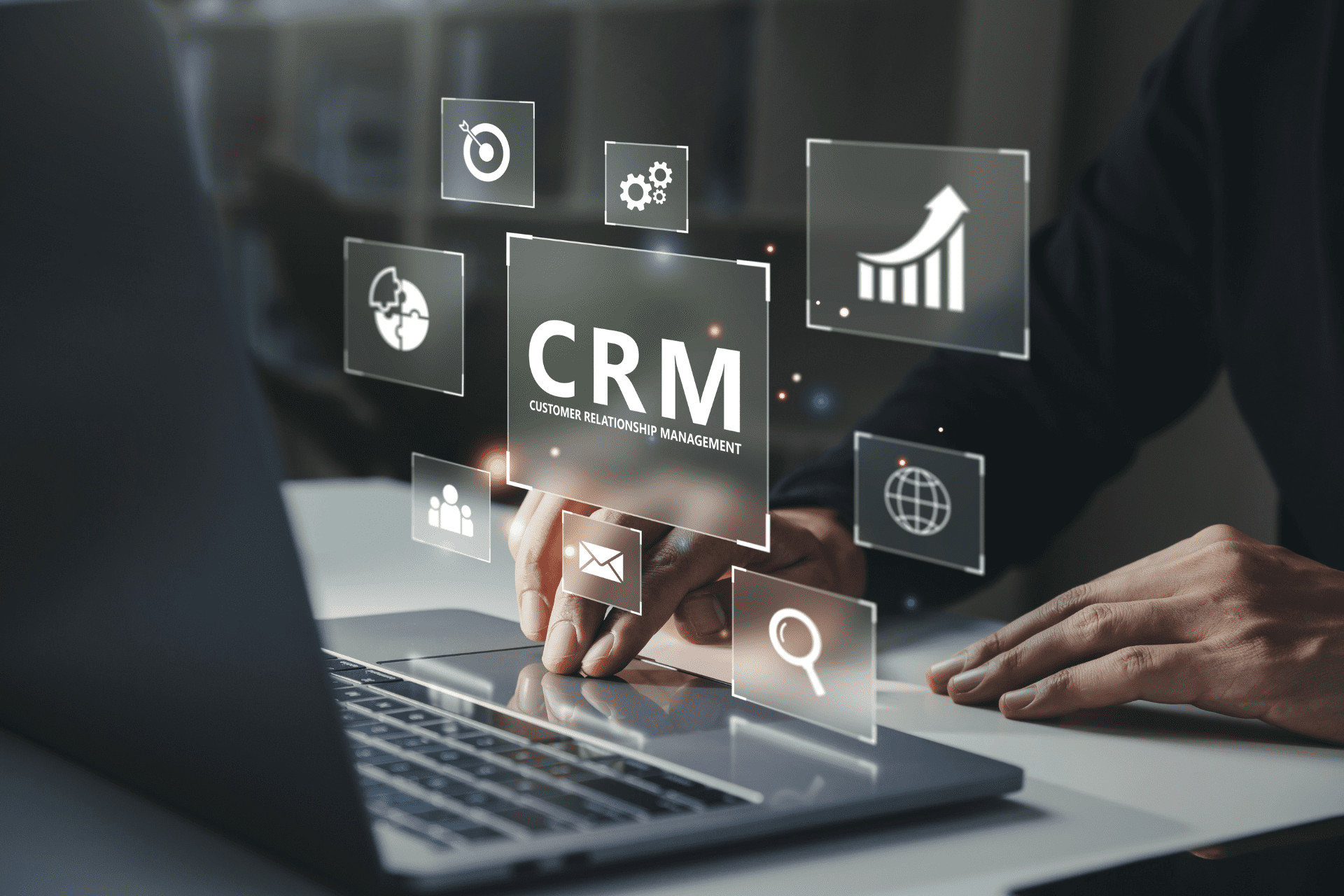
Business Software
CRM 2025 market: Response to increasing customer demands
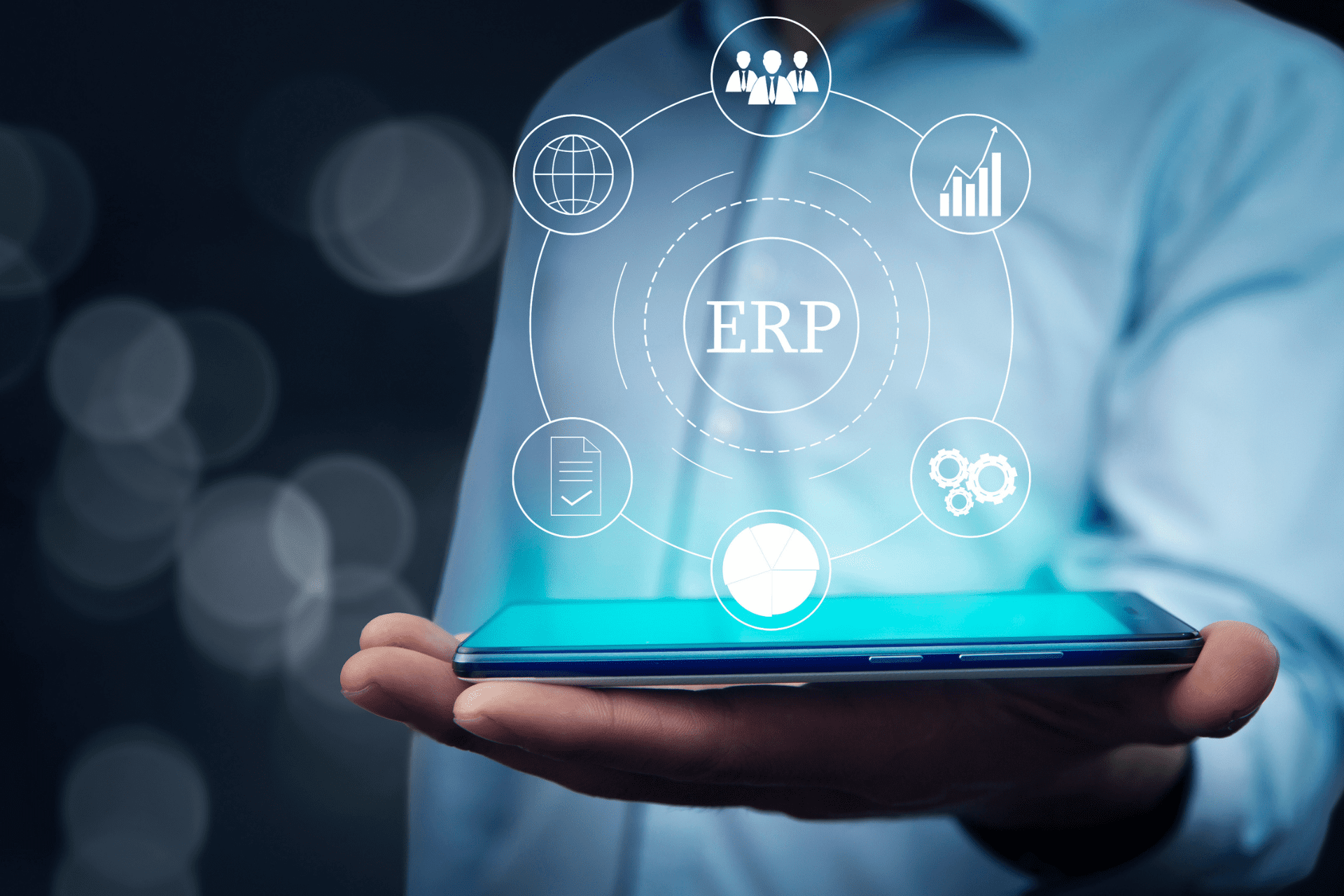
Business Software
Understanding the ERP lifecycle management

Mobility
How is EM shaping the way SMBs operate?
Most executives associate the ERP lifecycle with the implementation phase. However, ERP management encompasses a broader spectrum. ERP lifecycle management includes all activities before and after the implementation, as well as the period afterwards.
Planning
This stage involves aligning the ERP objectives with the organizational goals, while evaluating current processes, identifying problem areas, and defining future state requirements to guide the selection and implementation phases. Too often, companies waste time in discussions with suppliers without fully understanding their internal processes, data structures or future development plans.
Managers need to ensure strategic alignment before selecting ERP to avoid costly mid-project changes and ensure the system supports long-term goals.
Selection
Choosing the right ERP system is vital to ensure your business system can adapt to future business innovations, market changes and evolving customer expectations. ERP consultants provide unbiased guidance to assess the system’s capabilities against business needs.
For example, choosing a system with voice assistants and AI but with limited customization options can lead to costly solutions during implementation and increased complexity during future upgrades.
Implementation
The implementation is resource intensive and is often seen as the main barrier to the go-live finish line. However, it is only the middle of the ERP lifecycle. The implementation stage includes activities such as system configuration, testing and training. Overlooking any of these success factors can create long-term challenges that spill over into the next stages.
Optimization and support
After the launch, organizations need to focus on continuous performance monitoring. Based on this knowledge, business leaders should improve processes, address user concerns and correct system configuration issues or data inconsistencies. In many cases, we see businesses underestimating the importance of post-implementation support, thinking that once the system is up and running, their job is done. This means that insufficient resources are allocated to troubleshooting, continuous training and process improvement – factors that are vital to ensuring the long-term value of ERP.
